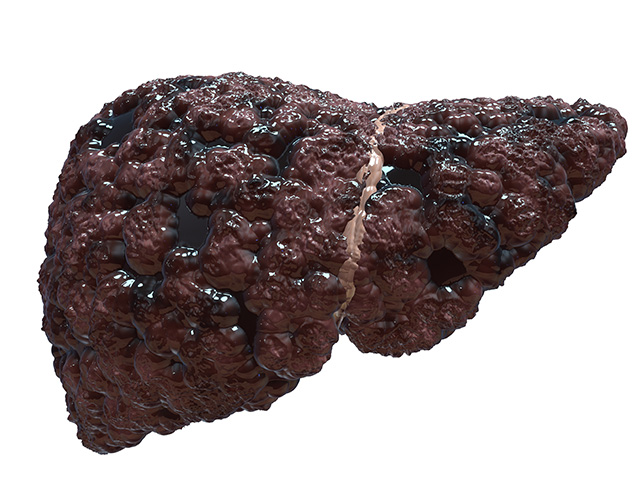
Liver fibrosis ensues when the organs sustain damage from toxic chemicals and drugs over a long period of time. One of these hepatotoxic agents is carbon tetrachloride (CCl4), which reacts with lipids in the liver's membrane and creates free radicals that damage and scar the liver cells.
Antioxidants like silymarin – an extract from the milk thistle plant – can prevent lipids from reacting with CCl4. They can also heal some of the damage to the liver. There are also bio-active compounds in plants and plant products that can stop mutation, prevent cancer, and protect liver cells.
Found in Afghanistan, China, and Pakistan, the arrowleaf dock is a medicinal herb used by locals to treat bleeding in lungs and skin problems.
Earlier studies by the Quaid-i-Azam University Islamabad (QAU Islamabad) team found out that the leaves of the arrowleaf dock have phenolics that serve as antioxidants. Other studies attribute similar properties to the stem and roots of the plant. (Related: Researchers: Treat liver cancer with the anti-inflammatory and immunoregulatory properties of vitamin D.)
Phenolic extracts from arrowleaf dock leaves tested for antioxidant properties
The Pakistani researchers sought to determine if the natural compounds in the arrowleaf dock can protect the liver from CCl4-induced damage. They designed an animal model using rats to simulate liver fibrosis.
Arrowleaf dock specimens were collected. The leaves were dried and processed to extract the phenolic fractions for the experiment.
Next, the researchers acquired rats and divided the animals into eight groups. The first two groups served as control, while the third group was given CCl4 to simulate the conditions that lead to liver fibrosis.
Group IV received silymarin, Groups V and VII were given a fraction of ethyl acetate dose group, and VI and VIII got methanol extract. CCl4 was also given to Groups IV, V, and VI to test the antioxidants' effectiveness against the hepatotoxic chemical.
The treatment lasted for eight weeks, after which the rats were sacrificed. Samples of their blood were taken from their hearts and their livers were split into two. Half went to enzyme and genotoxicity assays while the other half underwent cellular analysis.
Study shows arrowleaf dock extracts can protect the liver from oxidants and heal damage
Their findings indicated that carbon tetrachloride created free radicals that damaged the liver of the rats. However, its effects were reversed when it was administered alongside the ethyl acetate and methanol extracts from the arrowleaf dock.
The two extracts also increased the antioxidant enzyme levels in treated rats so that it nearly matched the unaffected control group. They also reduced cellular hypertrophy, inflammation, necrotic foci, and other negative changes to the liver cells.
Similar detoxifying effects were achieved by silymarin. While they came from different plants, the three natural extracts exhibited comparable effectiveness when it came to scavenging free radicals and repairing their damage.
The QAU Islamabad researchers stress that liver fibrosis is a serious health concern in Pakistan. The liver regulates the cholesterol levels in the body, so hepatic fibrosis from CCl4 would disrupt this vital function and increase the risk of cardiovascular disease.
Their experiment shows that the leaves of the arrowleaf dock can reverse the hepatotoxic effects of CCl4, which are similar to that of hepatitis. The arrowleaf dock fractions demonstrate similar protective antioxidant effects as silymarin and noni fruit juice.
You can find more articles about medicinal herbs that protect the liver at Cures.news.
Sources include:
BMCComplementAlternMed.BioMedCentral.com
Please contact us for more information.






















